Camera Selection
| Part 9 of the build documentation. You may want to check out the intro first. |
I already built the machine with ELP 6mm 2MP Full HD High Speed MJPEG USB Camera Modules, when Juha Kuusama brought out an upgrade kit with new camera mounts & modules for the Liteplacer. The camera mounts with 3-way adjustment are simply brilliant and I planned to replace my own rigid ones.
Being spoiled by the ELP’s quality, I’m less impressed with the cameras.
Edit 2020-05: The Camera does not allow switching off Auto-Exposure. IMHO, it is therefore unusable for PnP. An earlier version of this post found that the camera is “good enough”, but given the lack of fixed exposure, I need to revise that.
Please see for yourselves, I took some comparison images using the same Liteplacer kit 40mm LED ring and approximately the same viewing area.
First a shot of millimetre paper. The Liteplacer HBV-1517 camera module from Huiber is really extremely square (no compensation set!). However, whatever I tried I was unable to focus all of it at once, the image is always soft in the margin area, especially the upper right corner. If I try to focus that, everything else is out of focus. The camera mount allows for perfect 3-way adjustment and even though I really tried hard to find the focus plane, this is the best I got (click images to enlarge):
For comparison the ELP image. No 3-way adjustment mount, just my mediocre hand-made and rigid metalwork. The ELP needs quite some OpenPNP “cushion” compensation (applied here). I also had to apply a slight OpenPNP rotation (“roll”) correction to it (see the black wedge at the upper margin):
Another shot of a PCB. First again the Liteplacer kit Huiber camera. Note the softness in the upper right corner and the noise in the green areas (noise is much more apparent in the life image – “snow”):
The same shot on the ELP camera:
I simulated an up-looking situation. Again first the Huiber camera. The camera seems to apply heavy noise suppression that results in a strange posterisation effect (again much more apparent in the life image). Also some bright spots always shine up in the background, even when setting low brightness:
The ELP camera shows more natural lighting and gradual tones with reliable black cut-off level:
As you can see, the difference is there, but I guess the Huiber camera is good enough for PNP given a) there is always a controlled light situation, b) we usually only need a central image area and c) we’re mostly after harsh contrasts and edges anyway.
So, yes this is me being spoiled by the ELP and I did not even look at the price difference… :)
Edit 2020-05: The Camera does not allow switching off Auto-Exposure. IMHO it is therefore unusable for PnP. So I need to definitely revise my earlier “good enough”.
The underlying quality difference shows in an ambient light situation that is never present in PNP:
The ELP in the same low light conditions:
Finally the Huiber camera does not support MJPEG so it is limited to 7fps in HD. This results in a significant rolling shutter effect. You need longer settle times in OpenPNP which might slow down computer vision a bit.
Unfortunately the brilliant 3-way adjust camera mounts are a few millimetres too narrow to fit the ELP modules. Once I’ll get my 3D printer, I will try to construct a new variant that fits both. I will post it when (and if) I succeed.
Thanks to Juha for the brilliant idea, the clever design and for making the design files available!
Also see the OpenPNP discussion→

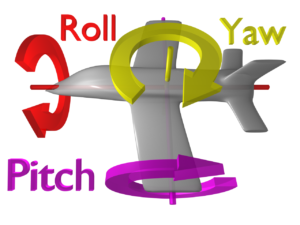
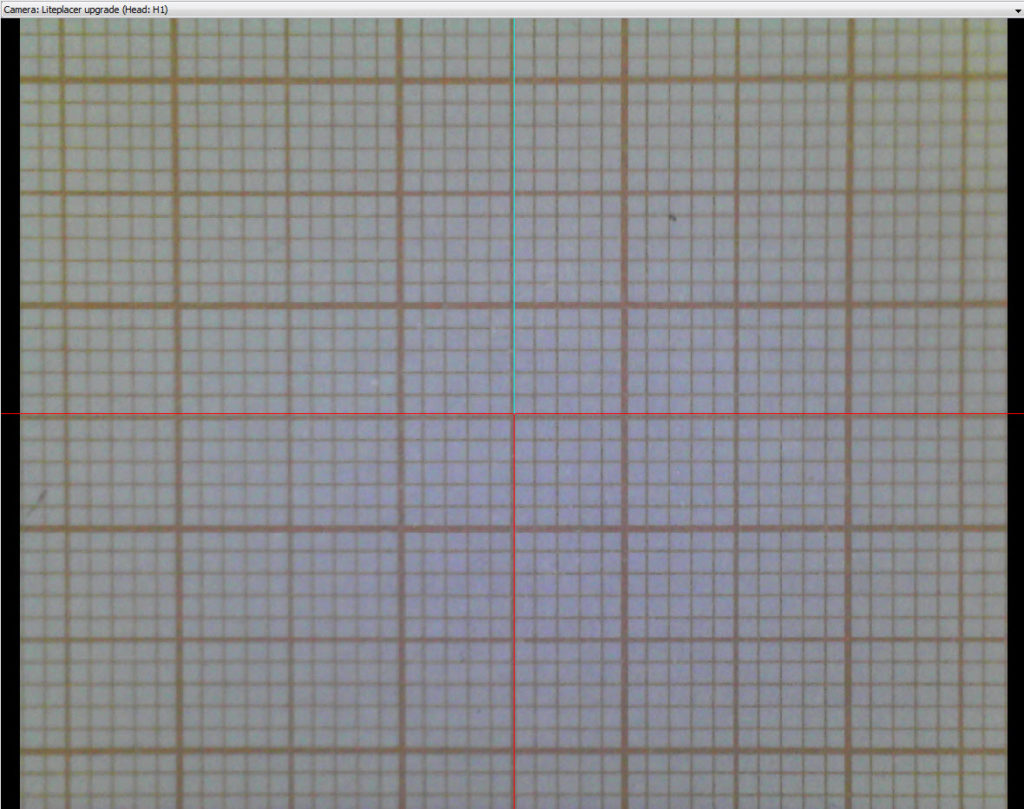

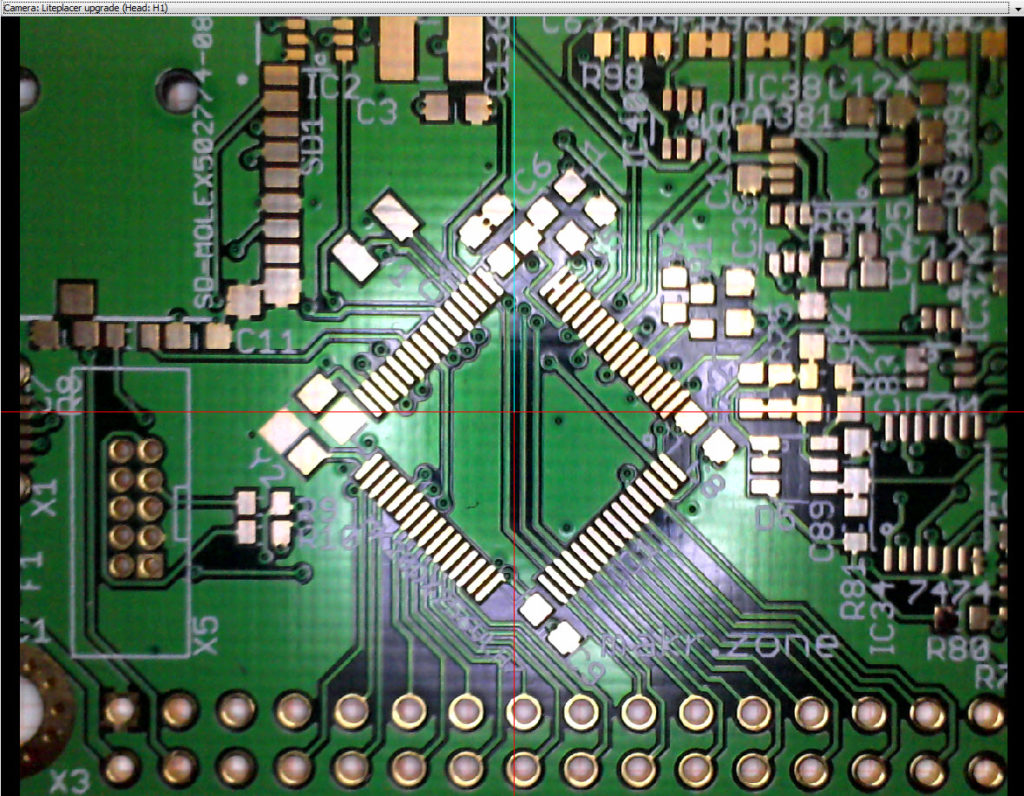
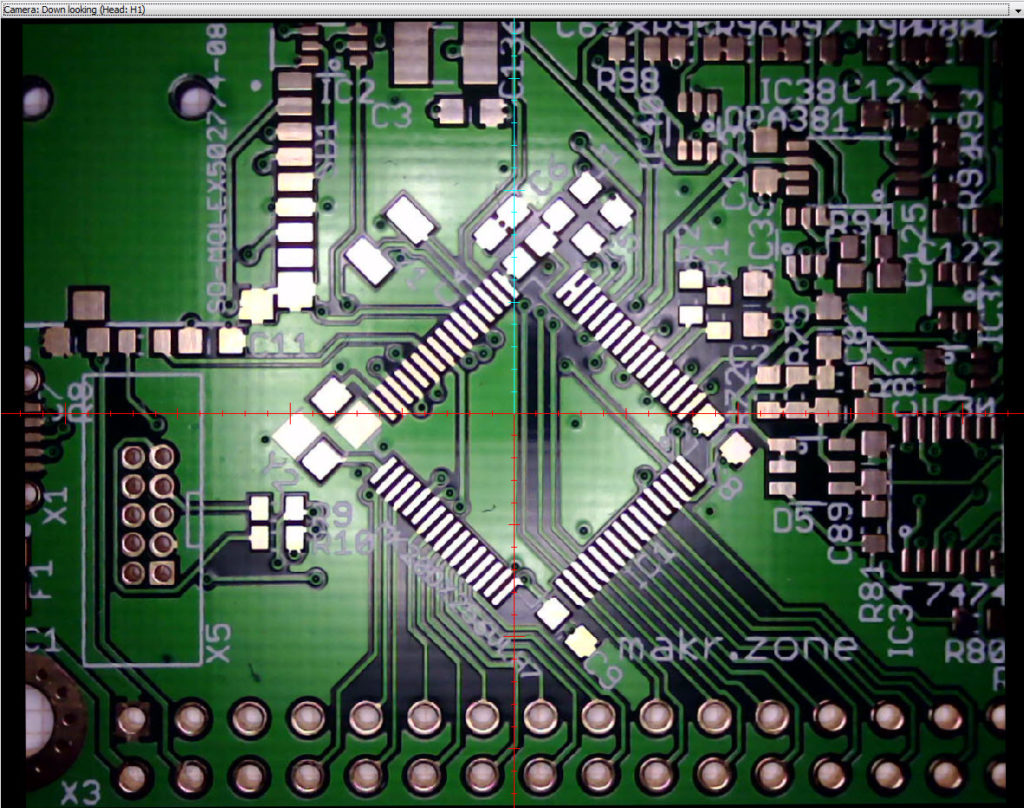
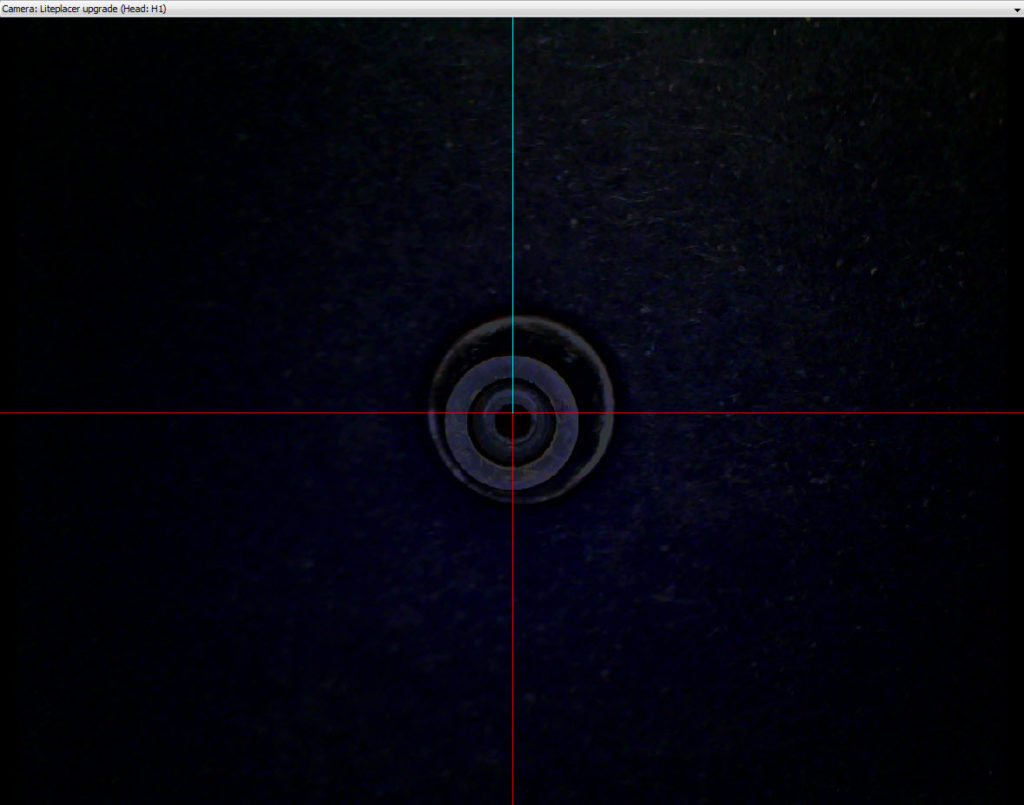
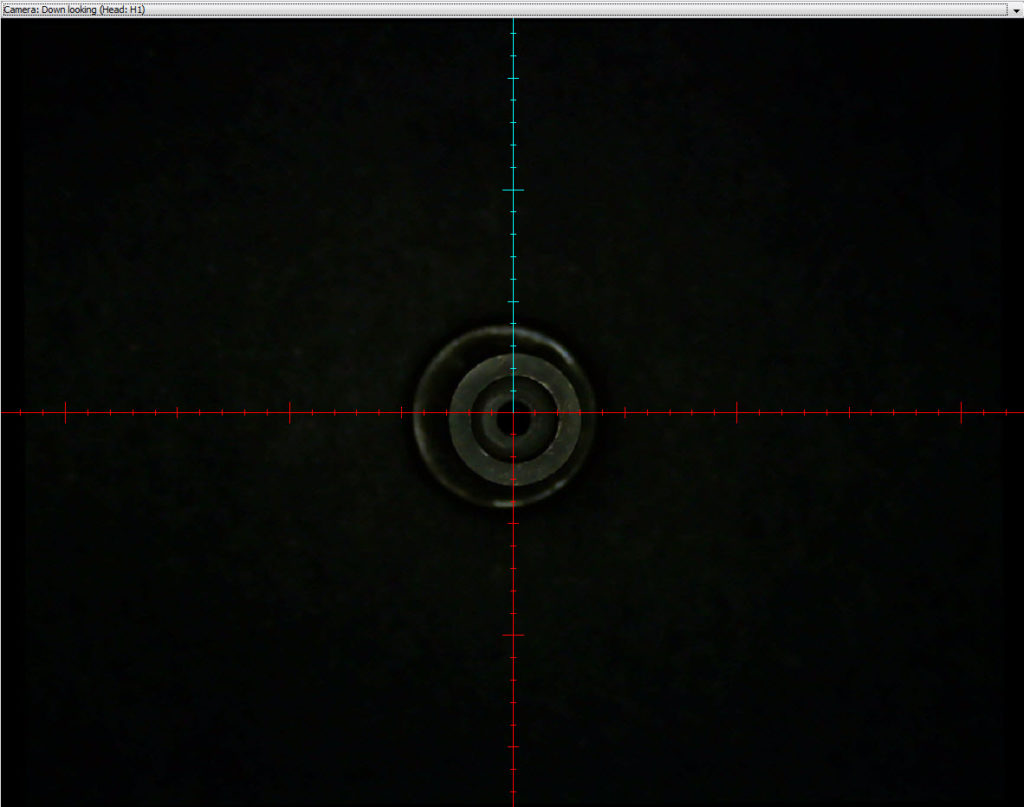
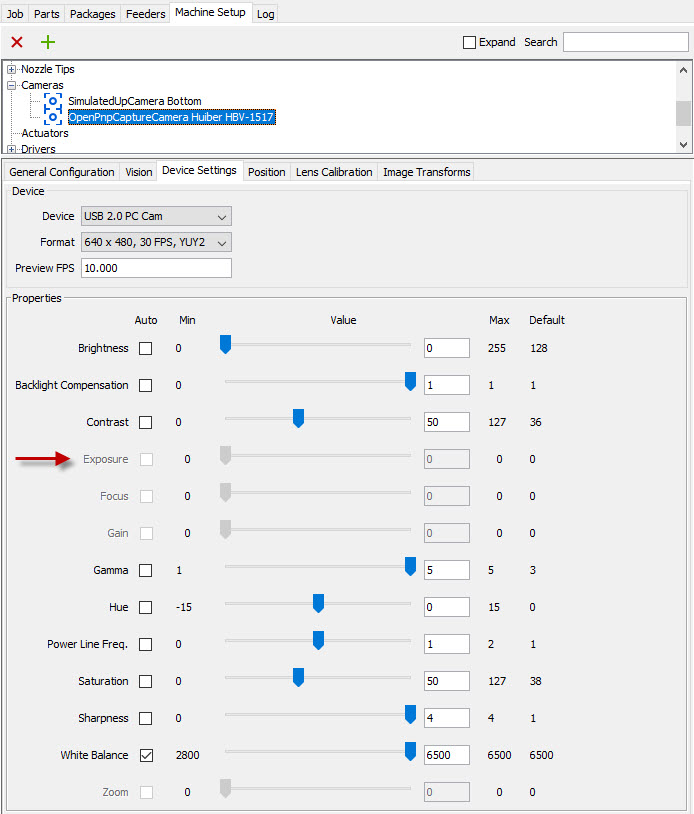
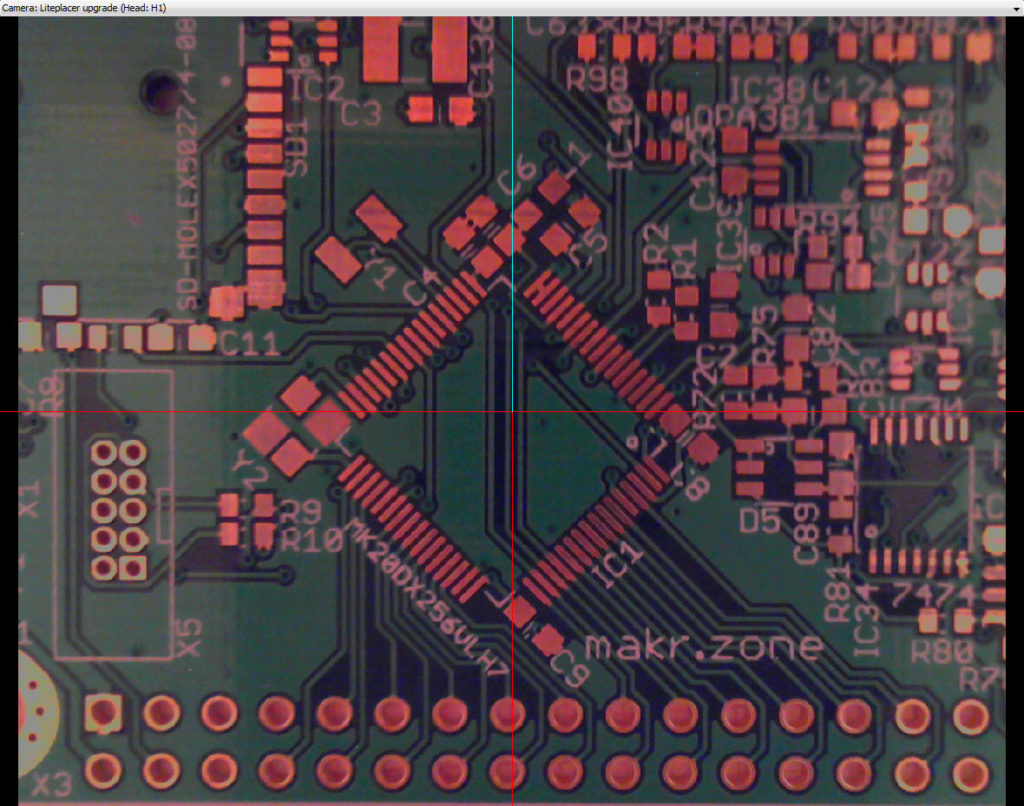
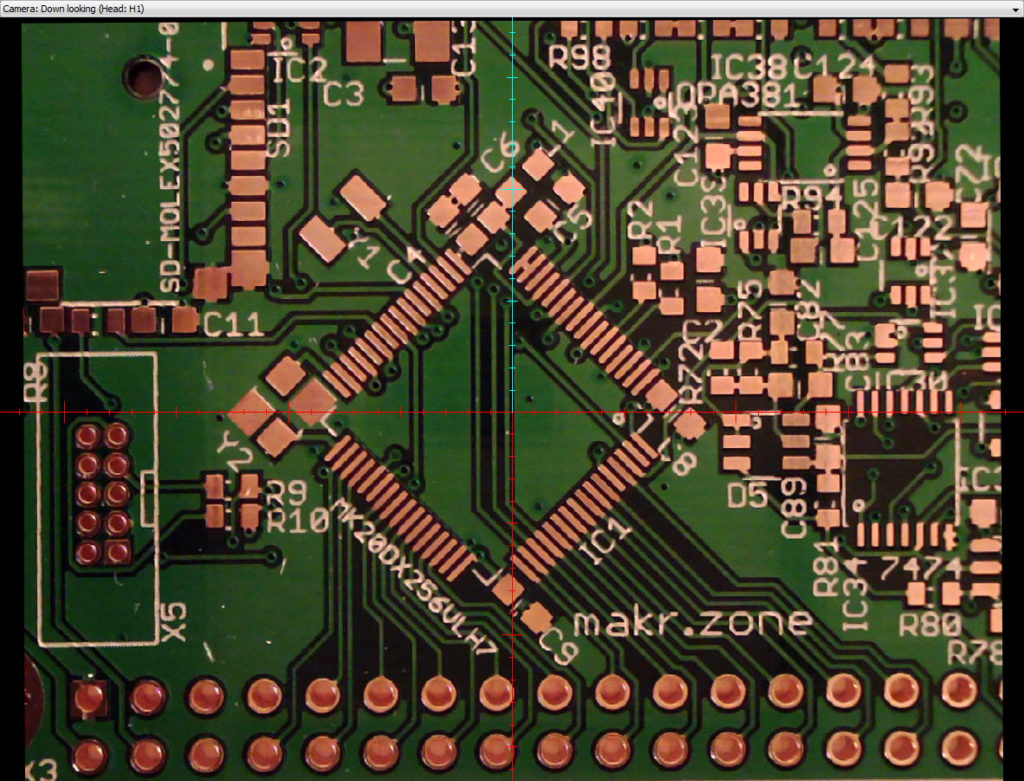
Leave a Reply